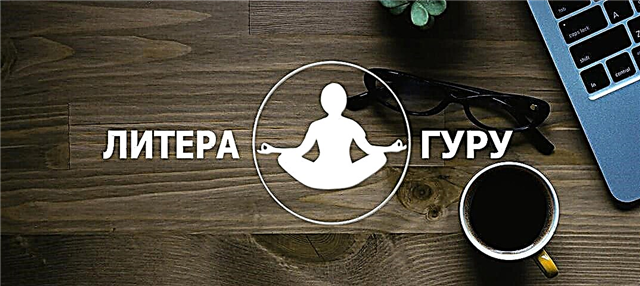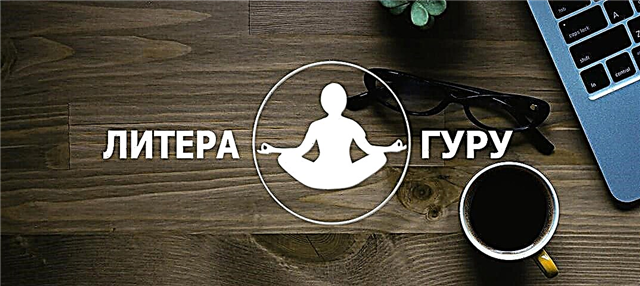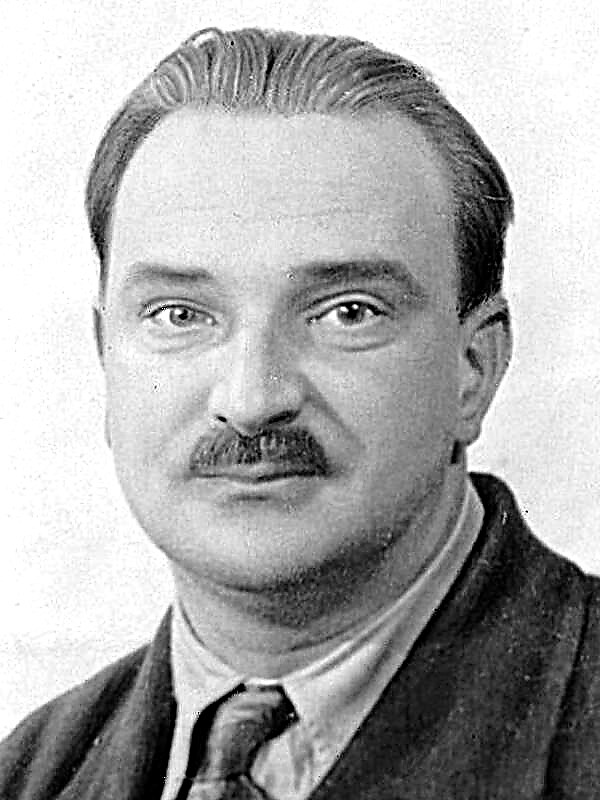The summary introduces the basic idea of the McKinsey approach.
Six elements
Typically, McKinsey's workflow consists of six elements.
- Identification of needs. At this point, it is necessary to isolate the key customer problem.
- Analysis. The problem is divided into elements, then hypotheses are put forward regarding the possible causes of problems and their solutions, which are verified by facts. After confirming the hypotheses, a plan for solving the problem is developed.
- Presentation. The solution is simply and clearly presented to the client for approval.
- Management. The key to success is an informed, involved and enthusiastic client, as well as a motivated team that aims to solve problems.
- Implementation. The developed solution is implemented in practice, an assessment of its effectiveness is carried out, if necessary, the solution is adjusted. After that, the client himself must continuously improve the plan for solving the problem.
- Leadership. Such work is impossible without the right leader, who must carry the strategic vision to the masses, inspire employees who implement the solution, and correctly delegate responsibility.
Below we give some interesting points in the work of McKinsey.
Problem definition
The problem must be identified, isolated and formulated in such a way that it can be subjected to a thorough analysis based on facts.
In the process of identifying a problem, the MECE method is used - mutually exclusive, collectively exhaustive - mutually exclusive, jointly exhaustive. This means that the elements of the problem should not duplicate each other, but together should cover the entire problem. This simplifies the analysis and allows you to not miss anything important.
Another method for analyzing problems is compiling logical trees, hierarchical lists of key components of the problem. Typically, this analysis begins with a broad, high-level view of the problem (“20,000-foot view”). In the analysis process, you need to divide the problem into its constituent elements and delve into the details.
For example, you can start with a review of the company's products, go to a general overview of income and expenses, limit the analysis to certain sources of income (for example, leasing and services) and consider these issues in more detail (for example, divide by region).
Hypothesis
When the main components of the problem are identified, one or more hypotheses are put forward regarding possible solutions. The presence of a hypothesis gives direction to the analysis and subsequent presentation.
Usually at this stage you still do not have enough data to put forward a valid hypothesis. Therefore, the main source of hypotheses is intuition and a basic understanding of the problem.
Often in the process of work, consultants lack source data, and they are forced to resort to intuition.This is normal, since it is usually impossible to have absolutely all the data to make a decision. Most managers make decisions based on both data and intuition.
Analysis and data collection
After putting forward a hypothesis, it is necessary to collect data to confirm or refute it. Consultants in general, and McKinsey in particular, pay very much attention to facts and data.
The basic principle of analysis is integrity. It is necessary to identify the main factors that affect the problem, and analyze them in a complex, and not separately. It is important not to lose sight of the overall picture of the problem and not waste time analyzing each of its aspects.
Only analyze aspects that will help confirm or refute your hypothesis. Try to identify and first of all perform “quick wins” - simple analysis options that can significantly advance you in testing a hypothesis.
The main methods for testing hypotheses are data analysis and interviewing.
Consultants usually use three methods of collecting and analyzing data - analysis of annual reports (you can immediately get a lot of key information from them), analysis of coefficients and identification of deviations (for example, best / worst regions), analysis of best industry practices (to get an idea of how the best work) .
As for the interview, they prepare for it in advance (including sending questions to the interviewee in advance to enable them to prepare); participate together (one says, the second writes); use techniques like active listening,open and indirect questions; actively manage the course of the interview; do not ask too much and leave sharp questions in the end; and send their notes to the interviewee to check their understanding and capture important points.
It’s good practice to write down three important things that you learned every day on a common board daily. This allows you to focus and direct the flow of thought and project.
It is extremely important to be open to facts and not try to adjust them to your hypothesis. It is absolutely normal to correct the current hypothesis or to put forward completely new ones.
Of course, 20/80 is used correctly - 20% of analytics gives 80% of the results.
Interpretation of the analysis results has two parallel goals - you want to be quick, and you want to be right.
Solution development and presentation
At the end of the analysis, a solution to the problem is developed. It is important to consider the needs and capabilities of the client. Make sure that the solution can be implemented taking into account existing skills, systems, processes, structure, personnel, budget. Also, try to look at the solution through the eyes of the client and understand how it will add value to the company.
Present the decision so that the client understands and accepts it. Presentation is not a goal, but a tool for achieving a goal. Therefore, it should be simple and convincing. One idea per slide, graphics only to support ideas, etc. This is not an art competition.
Use the “elevator test” - a 30-second elevator ride should be enough to explain the idea, otherwise it is too complicated.The best presentation does not cost anything if the client rejects your offer or cannot implement it.
It is good to discuss the solution in advance with key client managers in order to avoid surprises during the presentation.
Management
Recommendations for managing the team are standard - the right balance of knowledge and skills, good communication, brief focused meetings.
As for relations with customers, it is important to attract them (indirectly, and not directly and not promise that you can’t do it), support (involving in the process and obtaining consent to decisions) and hold (meeting expectations or exceeding them).
Management recommendations are also simple - delegate, use communications, respect your own time constraints, so as not to “burn out at work”.












